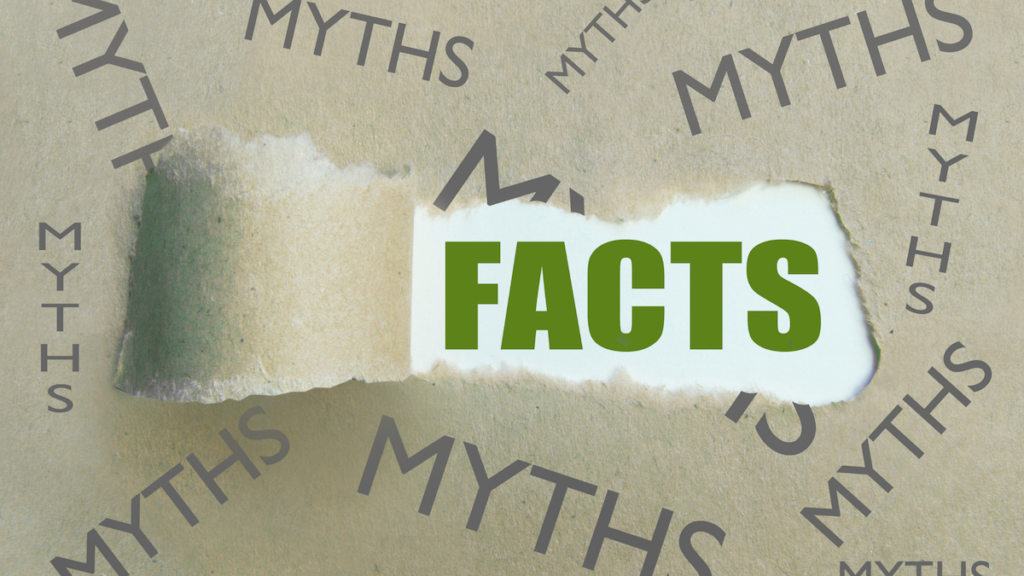In the world of customer experience (CX), some ideas are embraced so widely they start to feel like unshakable truths. These common myths can quietly shape organizational strategies—but too often, they’re built on outdated assumptions rather than current market dynamics.
At The Verde Group, where we measure the risk and reality of customer experience across industries like finance, insurance, agriculture, pharmaceuticals, and retail, we have seen how these inherited beliefs can become blind spots. It is time to challenge them.
Myth #1: CX Can’t Be Measured
One the the most persistent beliefs in customer experience is that it’s too intangible to measure. The idea sounds logical on the surface—after all, how do you quantify something as nuanced and personal as a customer’s perception? This sentiment permeates board rooms around the world. A case in point: according to Forrester’s customer experience study conducted in 2024, U.S. consumer perceptions of CX quality are at a historic low. The report finds that, since COVID, the quality of customer experience has steadily eroded across Forrester’s three key dimensions: effectiveness, ease, and emotion.
Yes, there has been progress made in measuring CX. And it is true that technology platforms, AI, the use of unstructured data analytics and advanced journey mapping tools can amplify the voice-of-customer within organizations. However, separating noise from signal remains a challenge and action has been fleeting.
Myth #2: Customer Service Is Just a Cost Center
This challenge—separating signal from noise and driving meaningful action—leads directly to another widespread misconception: that customer service is merely a cost center. Leaders continue to view service departments as necessary but non-strategic. In truth, exceptional service is often the very thing that keeps customers from walking away. Time and time again, The Verde Group demonstrates the positive impact of effective service recovery. The data is clear across both B2B and B2C businesses: resolving experience friction to the complete satisfaction of customers repairs lost loyalty and correlates strongly with reduced churn and higher repeat purchases. In this light, service is not a cost—it is a growth driver.
Myth #3: Digital Tools Are a CX Cure-All
We also encounter the assumption that digital tools alone can revolutionize the customer experience. While technology is essential, it is not a panacea. Automation, AI chatbots, and digital self-service are powerful, when used wisely. But without the human element, these tools can fall flat. Empathy, personalization, and real-time human support remain cornerstones of meaningful engagement, especially in high-stakes industries like insurance or healthcare, where human experience still matters most.
Myth #4: CX Is a One-and-Done Initiative
One of the most quietly harmful beliefs is that CX initiatives are “projects” with clear beginnings and ends. In reality, customer expectations and competitive threats shift constantly, and what drives positive shifts in customer behavior today, may be table stakes tomorrow. True CX leadership means linking CX insights to economic outcomes, using facts, not opinions to drive strategic and tactical decisions, embedding customer experience into the culture of the enterprise, and creating a continuous loop of listening, analyzing, and refining over time. That is the kind of work that creates a lasting competitive advantage.
Myth #5: Risk Management Is Only for Large Enterprises
And finally, let us address a myth that transcends CX and speaks directly to organizational resilience: the idea that risk management is only for large enterprises. In fact, every business, from a family-run agricultural distributor to a national pharmaceutical titan, faces operational and reputational risks that impact customer behavior. Proactive risk identification, especially through the lens of customer experience, allows organizations to make smarter decisions and avoid preventable fallout. What we know to be true at The Verde Group is that experience friction is the greatest predictor of market action. Knowing and financially prioritizing those friction points most damaging to your business results in a clear roadmap to action and improved business performance.
Real Progress Starts with Real Courage
At The Verde Group, we believe that real progress in CX starts with the courage to question these long-standing assumptions. By replacing tradition with evidence and intuition with insight, organizations do not just improve customer experience—they reduce risk, unlock growth, and stay relevant in an unpredictable marketplace.
SOURCES:
Customer Experience Quality In The US Falls To An All-Time Low – Forrester
Top 10 Myths About Customer Experience – Boost CX
Debunking Customer Service Myths – Obvi8
Misconceptions About CX – Advisorpedia
The CX Myths Guidebook – Verint
Seven Myths About Enterprise Risk – Power Framework
